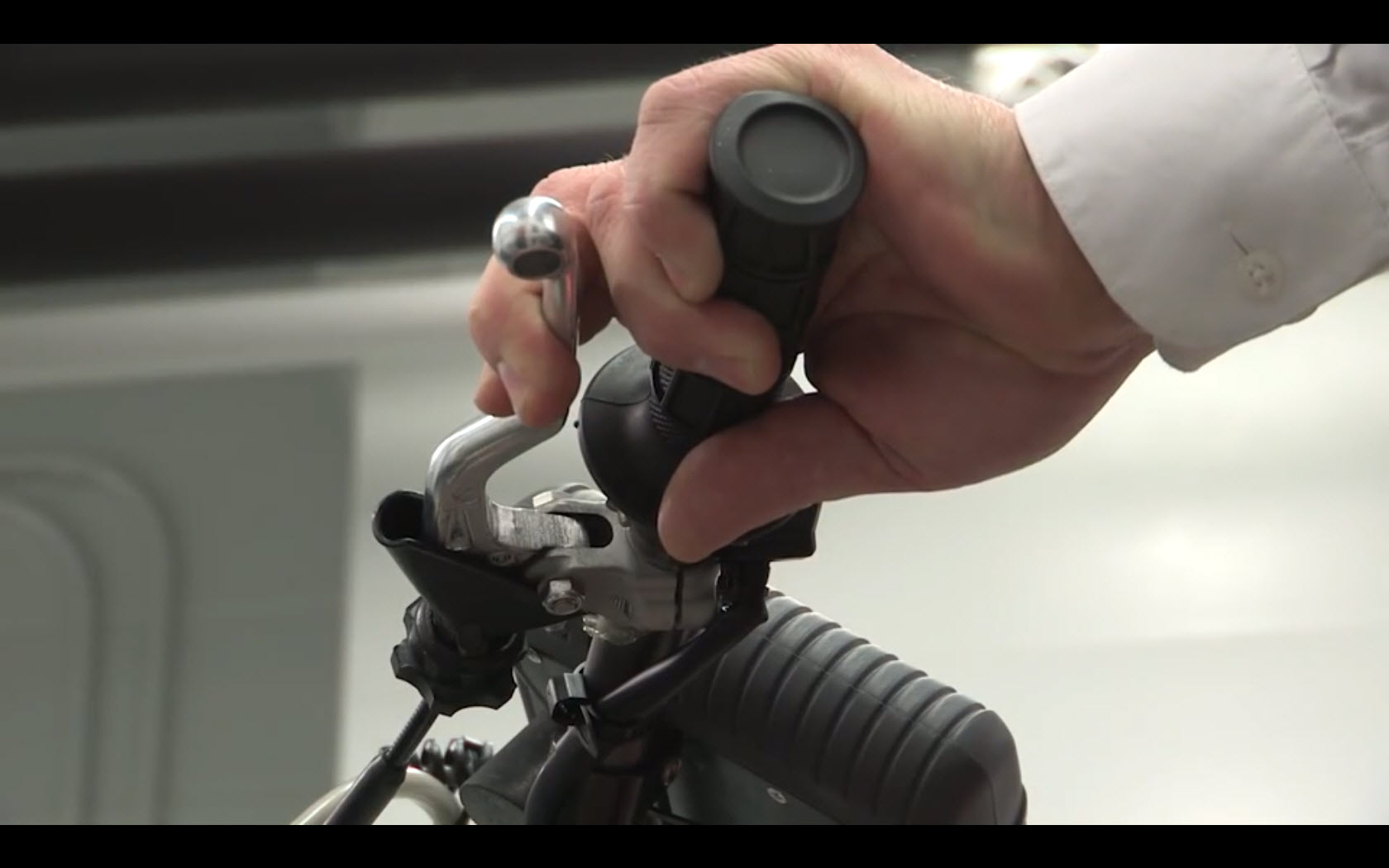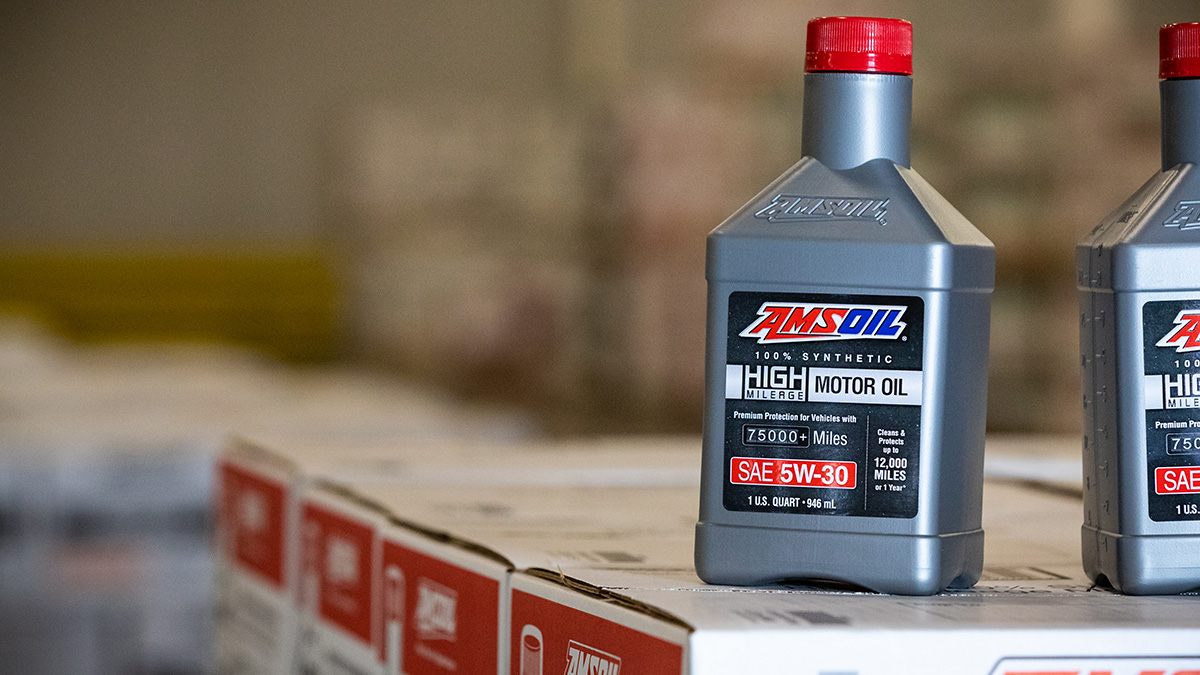 Battling a clutch that feels too “grabby” or too loose can ruin a race or a day of riding. Getting it just right depends on the frictional properties of your motor oil.
Battling a clutch that feels too “grabby” or too loose can ruin a race or a day of riding. Getting it just right depends on the frictional properties of your motor oil.
But first, a quick refresher on clutch basics.
As shown in the images, the clutch (from a Honda CRF450) connects the engine and transmission via a series of alternating friction and steel plates.
To illustrate, imagine sitting aboard your bike in the starting gate with the clutch lever depressed. The friction and steel plates are separated, allowing the engine to run without the bike moving. The gate drops and, as you let out the clutch lever, the plates squeeze together. The transition from the friction and steel plates spinning independently to becoming locked together is an example of dynamic friction. Once the plates are locked together and spinning in unison, they’re subject to the principles of static friction.
Grab your chemistry set
Motor oil plays a vital role in both areas. The formulation influences the dynamic friction you experience, which is best thought of as clutch feel. Oils with incorrect frictional properties can result in inconsistent or loose clutch feel. This negatively affects your ability to confidently start quickly and grab the holeshot in a race, or maneuver around obstacles on the trail. The oil also contributes to the holding power, or static friction, between the plates once the clutch lever has been let all the way out and you’re riding. Oils with incorrect frictional properties can allow the plates to slip in some circumstances, which you’ll feel as lost power to the ground.
The oil’s additive chemistry has the greatest effect on performance. Friction modifiers, added to some passenger car/light truck motor oils to maximize fuel economy, can decrease the coefficient of friction within the clutch pack and result in excessive slippage. Extreme-pressure additives, commonly used in gear lubes to protect against shock loads and intense pressures, can cause excessive clutch slippage and related damage.
The key is to use a lubricant specifically formulated for wet clutches. AMSOIL Synthetic Dirt Bike Oil and Synthetic Dirt Bike Transmission Fluid contain no friction modifiers or extreme-pressure additives. They’re dialed-in with the correct frictional properties to promote smooth shifts and consistent clutch feel while guarding against wear for long clutch life.
That translates into consistent, confident shifts on the track or the trail.





Comments
Share: